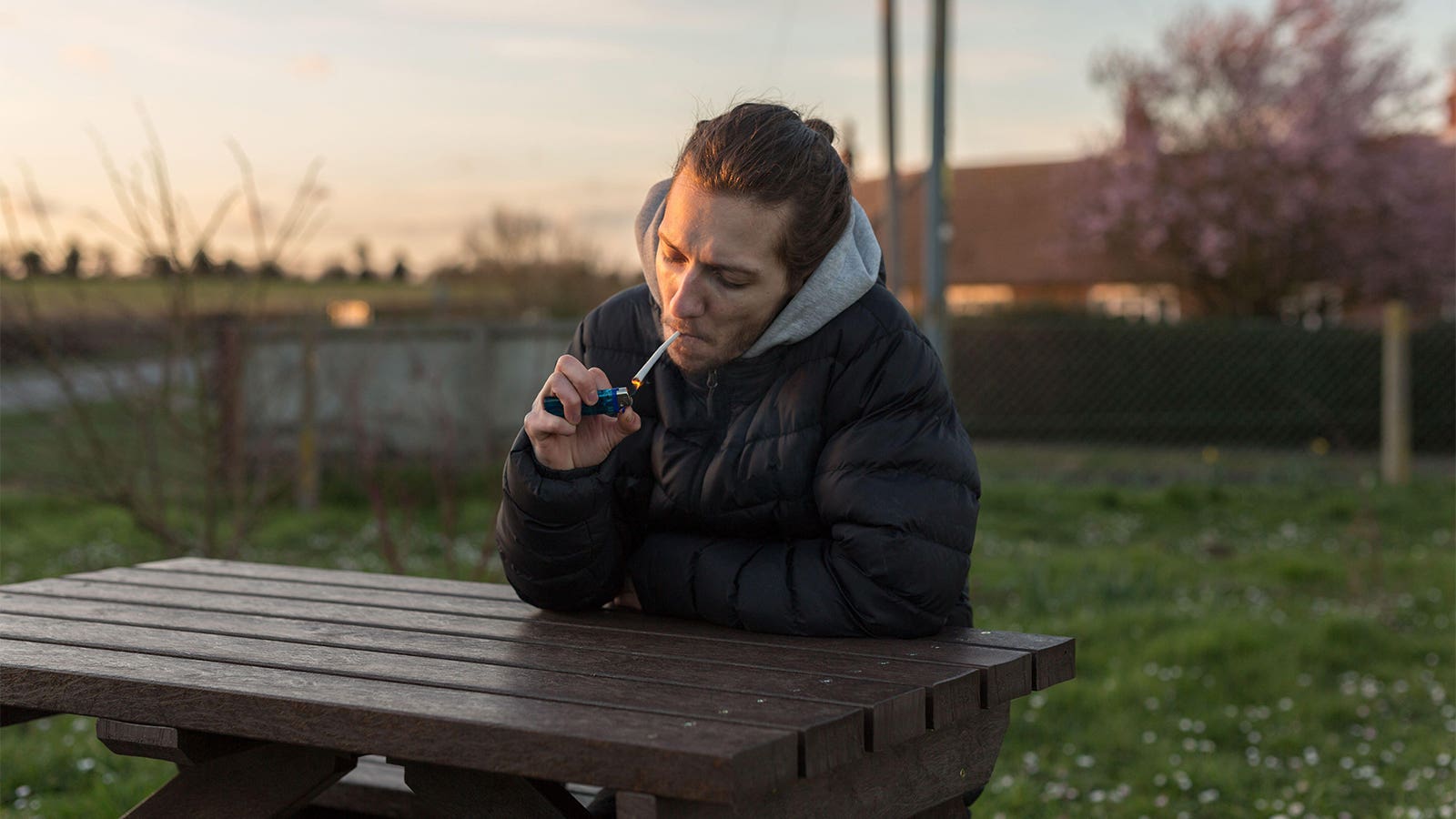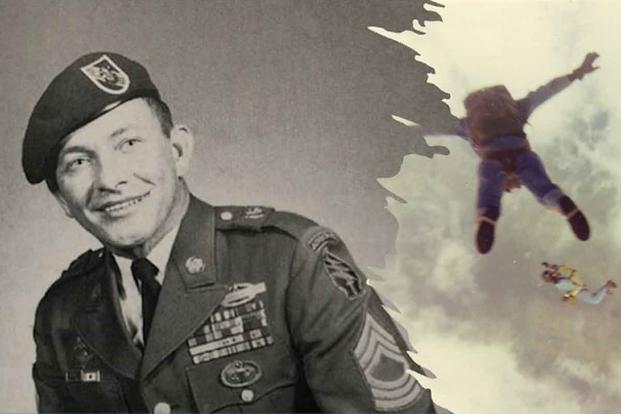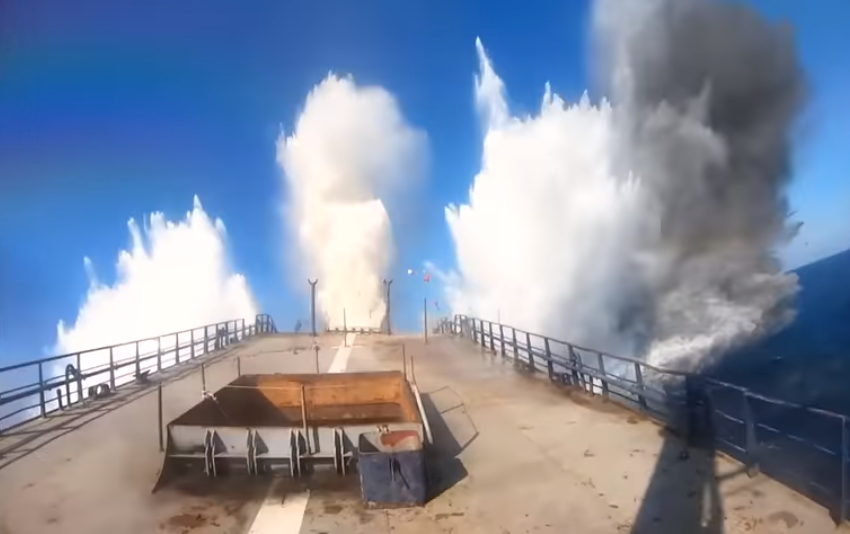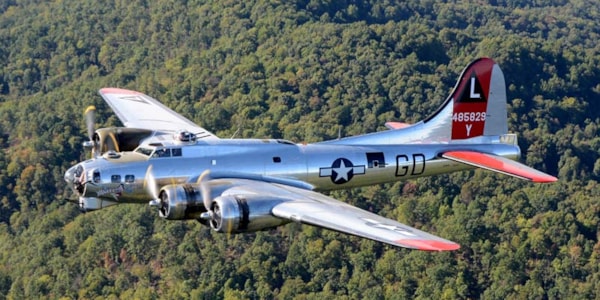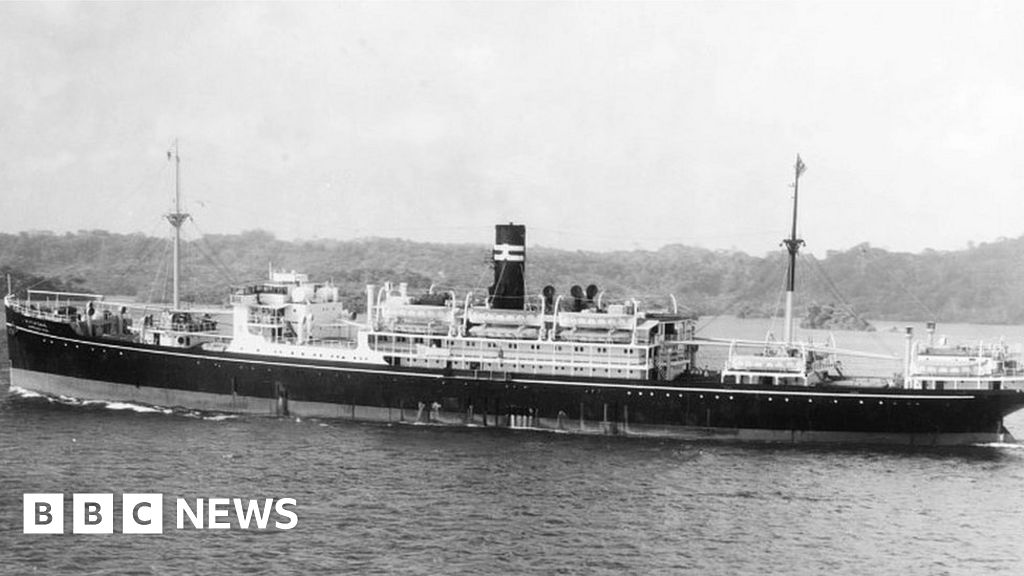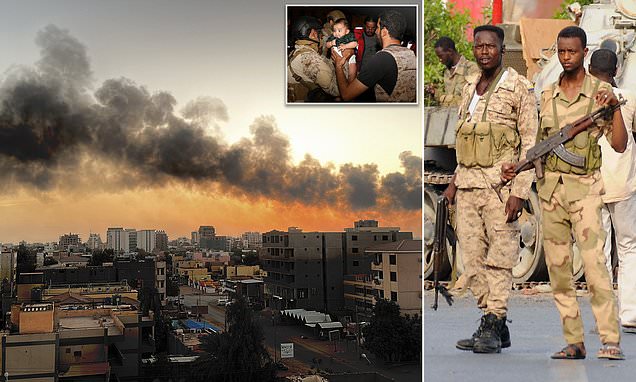BarnBuster
Virtually Unknown Member
Today in Military History:
"On April 9, 1942, Major General Edward P. King Jr. surrenders at Bataan, Philippines—against General Douglas MacArthur’s orders—and 78,000 troops (66,000 Filipinos and 12,000 Americans), the largest contingent of U.S. soldiers ever to surrender, are taken captive by the Japanese.
The prisoners were at once led 55 miles from Mariveles, on the southern end of the Bataan peninsula, to San Fernando, on what became known as the “Bataan Death March.” At least 600 Americans and 5,000 Filipinos died because of the extreme brutality of their captors, who starved, beat, and kicked them on the way; those who became too weak to walk were bayoneted. Those who survived were taken by rail from San Fernando to POW camps, where another 16,000 Filipinos and at least 1,000 Americans died from disease, mistreatment, and starvation. If an item “Made in Japan” was found in their possession, they were immediately executed. To the Japanese military for whom surrender was not an option, the captives, surrendered by their commander, were considered cowards (“dogs”).
After the war, the International Military Tribunal, established by MacArthur, tried Lieutenant General Homma Masaharu, commander of the Japanese invasion forces in the Philippines. He was held responsible for the death march, a war crime, and was executed by firing squad on April 3, 1946".
"Today is National Former Prisoner of War Recognition Day and is different and separate from National POW/MIA Recognition Day. It was officially designated by Congress in 1988, Public Law 100-269 [Sen J Res 253 100th Congress]. as a Presidentially-proclaimed observance and commemorates the April 9, 1942 surrender

"On April 9, 1942, Major General Edward P. King Jr. surrenders at Bataan, Philippines—against General Douglas MacArthur’s orders—and 78,000 troops (66,000 Filipinos and 12,000 Americans), the largest contingent of U.S. soldiers ever to surrender, are taken captive by the Japanese.
The prisoners were at once led 55 miles from Mariveles, on the southern end of the Bataan peninsula, to San Fernando, on what became known as the “Bataan Death March.” At least 600 Americans and 5,000 Filipinos died because of the extreme brutality of their captors, who starved, beat, and kicked them on the way; those who became too weak to walk were bayoneted. Those who survived were taken by rail from San Fernando to POW camps, where another 16,000 Filipinos and at least 1,000 Americans died from disease, mistreatment, and starvation. If an item “Made in Japan” was found in their possession, they were immediately executed. To the Japanese military for whom surrender was not an option, the captives, surrendered by their commander, were considered cowards (“dogs”).
After the war, the International Military Tribunal, established by MacArthur, tried Lieutenant General Homma Masaharu, commander of the Japanese invasion forces in the Philippines. He was held responsible for the death march, a war crime, and was executed by firing squad on April 3, 1946".
"Today is National Former Prisoner of War Recognition Day and is different and separate from National POW/MIA Recognition Day. It was officially designated by Congress in 1988, Public Law 100-269 [Sen J Res 253 100th Congress]. as a Presidentially-proclaimed observance and commemorates the April 9, 1942 surrender
POWs in Japan | Prisoners of War | Diverse Experiences in Service | Serving: Our Voices | Veterans History Project Collection | Digital Collections | Library of Congress
Beginning with the Bataan Death March and its horrible casualty rate, the Japanese seemed either indifferent or downright hostile to the welfare of their prisoners. In turn, those prisoners put to work in factories or rail yards in Japan and China could take some satisfaction out of subtly...
www.loc.gov
Last edited:







